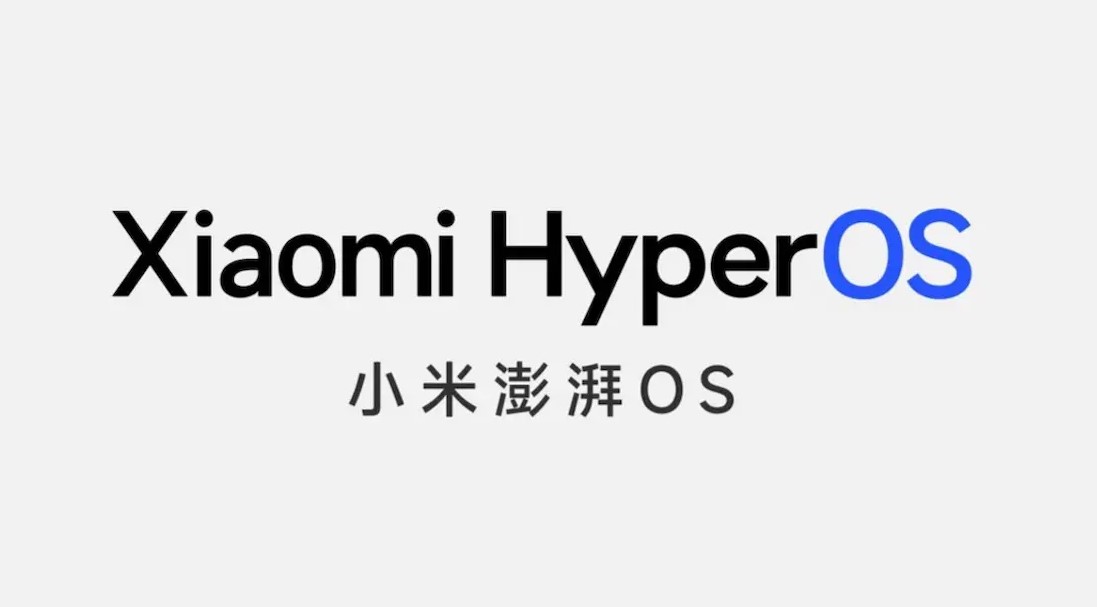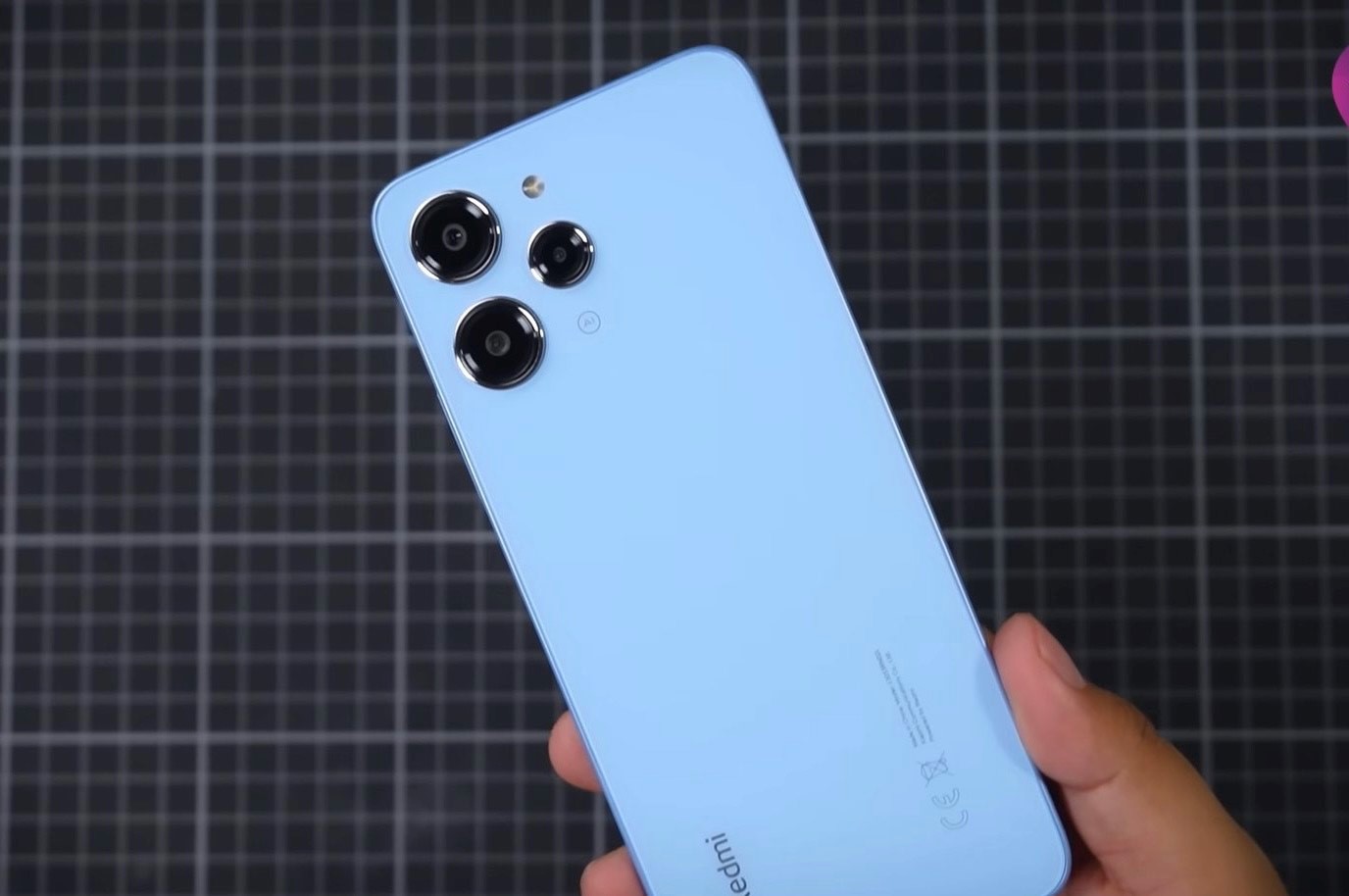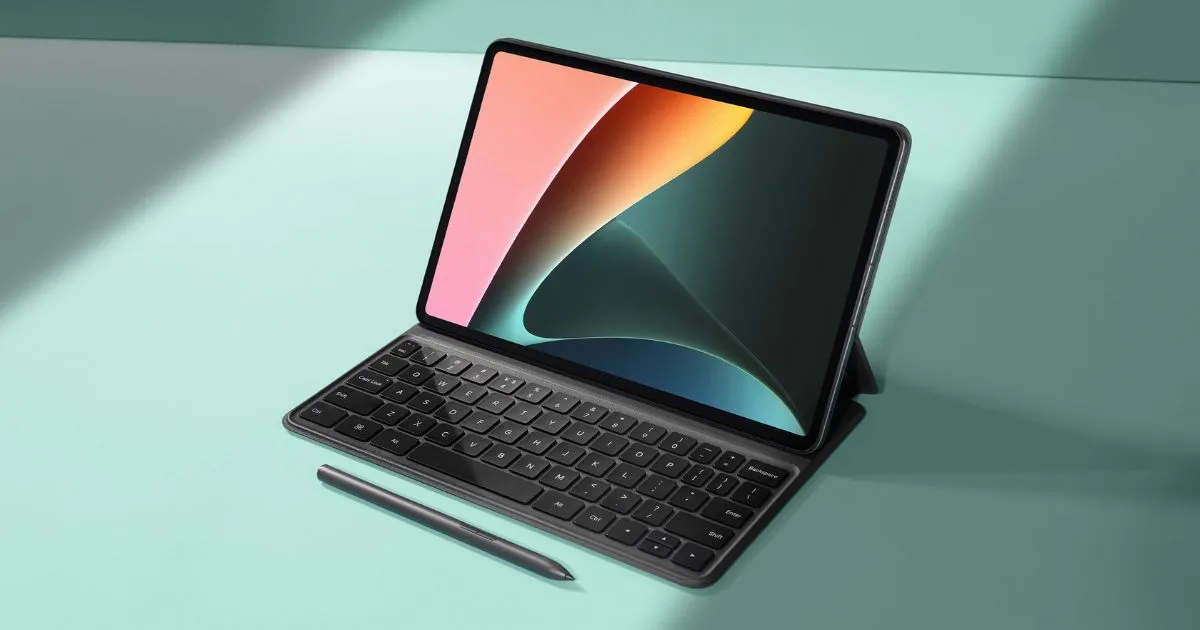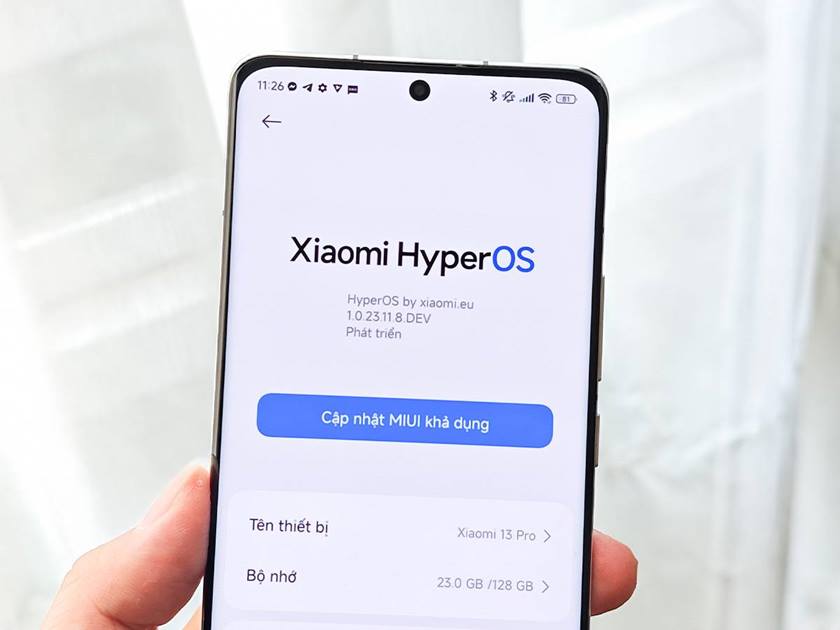Highlights
- Xiaomi announces HyperOS update for 88 devices, including Xiaomi and Redmi series.
- Rollout scheduled between January and June 2024, varying by device.
- HyperOS features enhanced performance, AI capabilities, and robust security.
- Update includes tablets like Xiaomi Pad 5 series and Redmi Pad.
Xiaomi has revealed its comprehensive list of devices set to receive the HyperOS update, a successor to the now-discontinued MIUI.
This second batch announcement significantly expands the scope of the upgrade, including a total of 80 devices, which, when combined with the previously announced eight, brings the count to 88 Xiaomi and Redmi electronics.
The update is currently for China only but it is very likely that global markets like India are also going to be privy to this new software skin developed by Xiaomi.
HyperOS Features: Rollout Timeline

The deployment of HyperOS is scheduled to occur between January and June 2024.
The specific update timeline for each device may vary.
Also, it is important to note here that Xiaomi sometimes doesn’t strictly adhere to its launch timelines so some devices are likely to get the update even later than June.
Device List

The following Xiaomi and Redmi devices are slated for the HyperOS update as per Gizmochina:
Xiaomi Series

- Xiaomi 12S Ultra
- Xiaomi 12S Pro
- Mi Mix Fold
- Xiaomi 12S
- Xiaomi Mix 4
- Xiaomi 12 Pro Dimensity
- Xiaomi 12 Pro
- Xiaomi 12
- Xiaomi 12X
- Xiaomi 11 Ultra
- Xiaomi 11 Pro
- Xiaomi 11
- Xiaomi 11 Lite 5G NE
- Xiaomi 10S
- Xiaomi 10 Ultra
- Xiaomi 10 Pro
- Xiaomi 10
- Xiaomi Civi 3
- Xiaomi Сivi 2
- Xiaomi Civi 1S
- Xiaomi Civi
Redmi Series

- Redmi K60E
- Redmi K50 Ultra
- Redmi K50 Gaming
- Redmi K50 Pro.
- Redmi K50
- Redmi K40S
- Redmi K40 Gaming
- Redmi K40 Pro+
- Redmi K40 Pro
- Redmi K40
- Redmi Note 13 Pro+ 5G
- Redmi Note 13 Pro 5G
- Redmi Note 13 5G.
- Redmi Note 13R Pro
- Redmi 13R 5G
- Redmi Note 12 Turbo
- Redmi Note 12T Pro
- Redmi Note 12 Pro speed edition
- Redmi Note 12 Pro+ 5G
- Redmi Note 12 Pro 5G
- Redmi Note 12 5G
- Redmi Note 12R Pro
- Redmi Note 12R 5G
- Note 12R
- Redmi 12 5G
- Redmi Note 11T Pro
- Redmi Note 11 Pro
- Redmi Note 11T Pro+
- Redmi Note 11 Pro+
- Redmi Note 11 5G
- Redmi Note 11R
- Redmi Note 11E Pro
- Redmi Note 11E
- Redmi 12C
Tablet Series

- Xiaomi Pad 5 Pro 12.4
- Xiaomi Pad 5 Pro SG
- Xiaomi Pad 5 Pro
- Xiaomi Pad 5
- Redmi Pad SE
- Redmi Pad
HyperOS Features

The forthcoming HyperOS occupies 8.75GB of system storage and is compatible with RAM ranging from 64KB to 24GB.
It incorporates a resource management system for optimal performance across various device configurations, dynamic thread priority adjustment, and task cycle evaluation, enhancing performance and energy efficiency.
Improvements in network performance and multitasking capabilities are achieved through enhancements in visual effects rendering and the introduction of the MiSans global font system.
HyperOS is designed to deliver stable frame rates and reduce power consumption for graphically intensive applications.
AI enhancements in HyperMind will offer user-centric features, with large foundation models supporting functionalities like text generation and real-time subtitles.
The update aims to provide a unified solution for connected devices, featuring an integrated device center to streamline the control and monitoring of connected devices.
A self-developed TEE security model in HyperOS offers robust security features, including end-to-end encryption for data transmission between devices.
FAQs
What is HyperOS and how does it differ from MIUI?
HyperOS is the successor to Xiaomi’s discontinued MIUI, offering improved resource management, dynamic thread priority, and task cycle evaluation for enhanced device performance.
While similar to MIUI, HyperOS introduces new AI capabilities and security features.
Which Xiaomi devices are eligible for the HyperOS update?
Xiaomi’s HyperOS update will be available for 88 devices, including popular models like Xiaomi 12 Pro, Xiaomi 11 Ultra, Redmi K50 Ultra, and various tablets like Xiaomi Pad 5 Pro and Redmi Pad.
When is the HyperOS update expected to be rolled out?
The HyperOS update for Xiaomi devices is scheduled to commence between January and June 2024. The exact rollout dates may vary for each device.
What are the key features of HyperOS?
Key features of HyperOS include minimal system storage usage, support for a wide range of RAM, improved network performance, enhanced multitasking capabilities, advanced AI functionalities, and a comprehensive security model.
What is HyperOS and how is it related to Android 14?
HyperOS is Xiaomi’s latest user interface that builds on the upcoming Android 14 platform. It represents an integration of Xiaomi’s design philosophy with the newest features and security enhancements of Android’s latest version.
As such, devices on the Android 14 beta, particularly those with MIUI 14, are expected to transition seamlessly to the stable release of HyperOS.
Which devices will initially receive the HyperOS update?
According to the rollout roadmap, Xiaomi’s HyperOS update will be initially tested and launched on a select group of smartphones.
This includes the Xiaomi 13 series (standard, Pro, Ultra, and T variants), the 12T and 12T Pro models, the 11T, and the upcoming Xiaomi Pad 6.
Are Redmi and POCO phones going to receive the HyperOS update?
While the current testing phase includes Xiaomi branded phones, the historical trend of how updates are managed suggests that Redmi and POCO devices could also receive HyperOS.
Given their shared architecture with Xiaomi models, it’s likely that these devices will follow in the update path in the future.
When can users expect the public release of HyperOS?
Xiaomi’s official schedule points to a Q1 2024 release for HyperOS. However, the ongoing internal tests hint at the possibility of an earlier rollout.
Optimistically, the update could be made available to the public as early as the end of the current year.
How does HyperOS improve device performance?
HyperOS comes with advanced resource management capabilities, allowing for smooth performance and better power efficiency.
It also integrates AI-based features for personalized usage patterns, which can lead to further enhancements in device efficiency.
Also Read: Xiaomi’s HyperOS Rumour Roundup: What to Expect from the Tech Giant’s New Unveiling
Also Read: Xiaomi Unveils HyperOS: Features, Compatibility, Roll-out, and More
Also Read: HyperOS Update: Xiaomi Picks 9 Devices For Rollout in Early 2024
